The Quiver Killer: Why One Great Snowboard Beats a Garage Full of Gear
For decades, the snowboard industry has told riders they need different boards for different conditions: a powder board for deep days, a park board for the terrain park, a carving board for groomers, and an all-mountain board for everything else. But here's the truth that 75% of snowboarders already know: one well-engineered board can do it all.
The Reality of Snowboard Ownership
The data tells a clear story. Roughly three out of four snowboarders own a single board—and for good reason. It's not just about budget constraints (though a quality board is a significant investment). It's about simplicity, practicality, and performance.
Consider the logistics: A family of four heading to the mountain for a week-long trip. That's potentially 8-12 boards if everyone brings multiple options, plus boots, bindings, and gear. It's impractical, expensive, and frankly unnecessary. More importantly, there's something powerful about riding the same board every single day. You learn its personality. You understand exactly how it responds. That familiarity breeds confidence, and confidence breeds progression.
Engineering the Impossible: How One Board Can Excel Everywhere
The magic of a true quiver killer isn't compromise—it's optimization through engineering. When you carefully orchestrate these critical design elements, you can create a board that's optimal in many conditions and near-optimal at the extremes:
Sidecut Radius: The right sidecut provides carving performance on hardpack without becoming hooky or catchy in variable conditions. A progressive sidecut design allows the board to adapt—shorter effective edge for quick turns, longer for high-speed stability.
Effective Edge: This is the total length of edge that can engage the snow when the board is tilted on edge. It's a crucial measurement that determines your ability to hold an edge on hardpack and initiate powerful turns. The right effective edge length provides stability and control without making the board feel overly long or cumbersome.
Running Length: This is the effective edge in contact with the snow between your board's contact points. By optimizing this contact length, you achieve the right balance of float in powder while maintaining edge hold on firm snow.
Contact Points: The precise location and shape of where your board's base first engages the snow determines how it initiates turns and handles transitions. It's worth noting that contact points should not be confused with the wide points of the board—this is a common misconception. The contact points are where the base makes contact with the snow, while the wide points simply measure the two widest points of the board's profile. Get the contact points right, and your board feels intuitive from the first run.
Tip and Tail Shape: Modern rocker profiles, combined with strategic shaping, allow a single board to plane effortlessly in powder while remaining responsive and stable at speed. The key is creating lift without sacrificing edge control.
Flex Pattern: A thoughtfully designed flex pattern—often with strategic areas of stiffness and flex—allows the board to absorb chatter on hardpack, load energy into turns, and float through powder without feeling either too stiff or too soft.
When these elements work in harmony, you don't get a board that's mediocre at everything. You get a board that excels in the conditions you ride most often and still performs admirably when Mother Nature throws you a curveball.
Great Boards Make Snowboarding Easier
Here's a perspective that often gets lost: a great snowboard makes the sport easier, not harder. The right quiver killer, properly sized for your weight and boot size, is appropriate for a first-day rider and a seasoned pro alike.
The difference isn't the board—it's the rider. A beginner will appreciate the forgiveness and stability. An advanced rider will exploit the performance ceiling. Both will benefit from consistent, predictable behavior that builds skill and confidence.
Compare this to a specialized board: a pure powder board that's nearly unrideable on groomers, or a race board that punishes small mistakes. These boards demand specific conditions and specific skill sets. A quiver killer rewards progression at every level.
The Quiver Killer Advantage
There's wisdom in the 75% of riders who stake their entire season on a single board. They understand that:
- Consistency builds skill faster than constantly adapting to different boards
- Reliability matters when you've driven hours to the mountain
- One great board beats three mediocre ones every single time
- The best gear is the gear you actually use—not the gear collecting dust in your garage
The concept of a quiver—multiple boards for multiple conditions—makes sense for professional riders who have sponsors, travel constantly, and ride 100+ days a year in wildly different conditions. For the rest of us? A carefully chosen, expertly engineered quiver killer is the smarter choice.
Choosing Your One Board
The key is proper sizing and honest self-assessment about where and how you ride. A well-sized board, matched to your weight, boot size, and typical riding conditions, will serve you far better than multiple ill-fitting boards ever could.
With nearly 30 years of designing and manufacturing snowboards, we've learned that the best board isn't the one that specializes in a single condition—it's the one that empowers riders to seek out adventure regardless of what the mountain delivers.
Because at the end of the day, the best snowboard is the one that gets you down the mountain with a smile on your face, whether it's a bluebird groomer day or waist-deep powder morning.

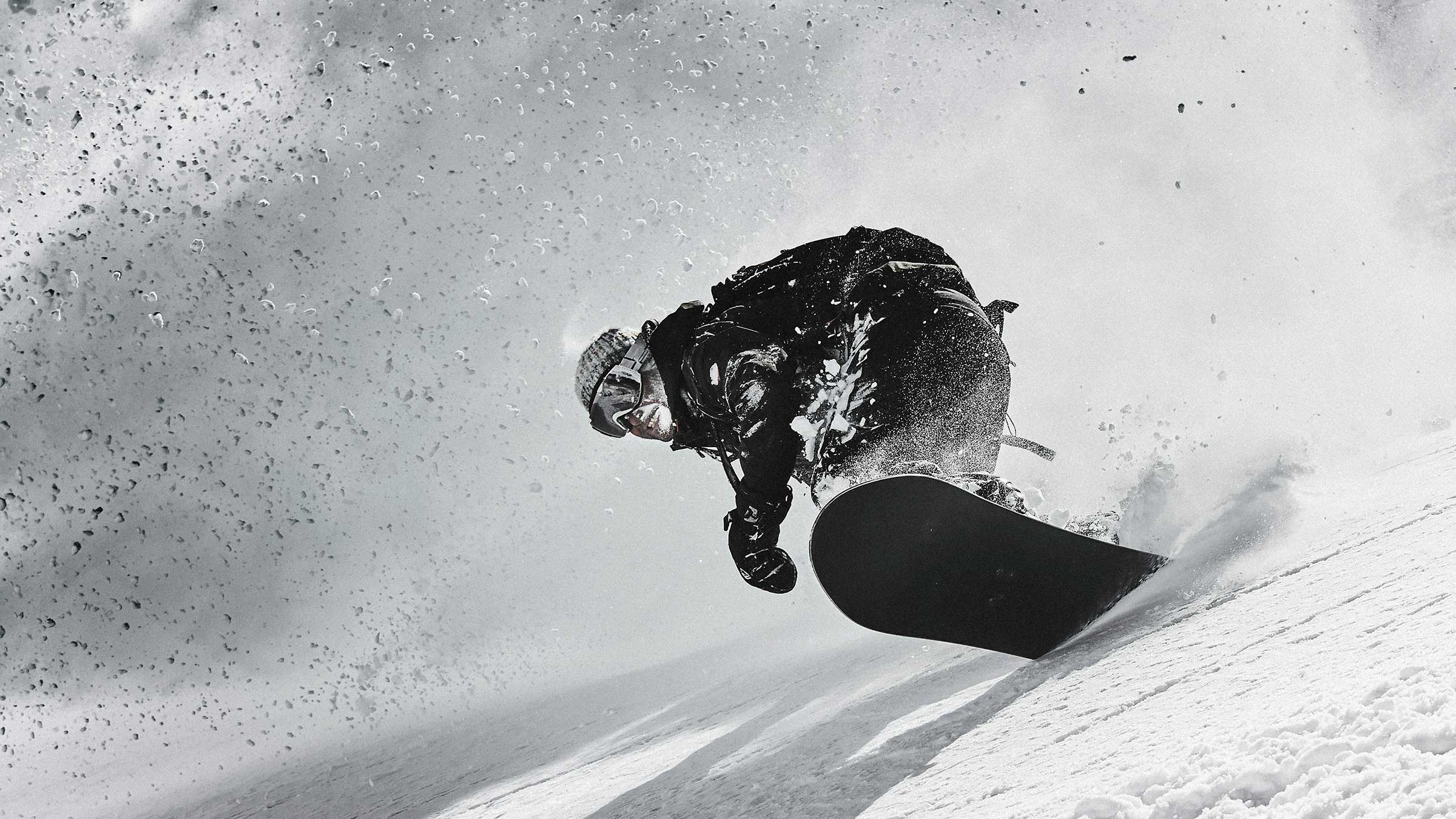
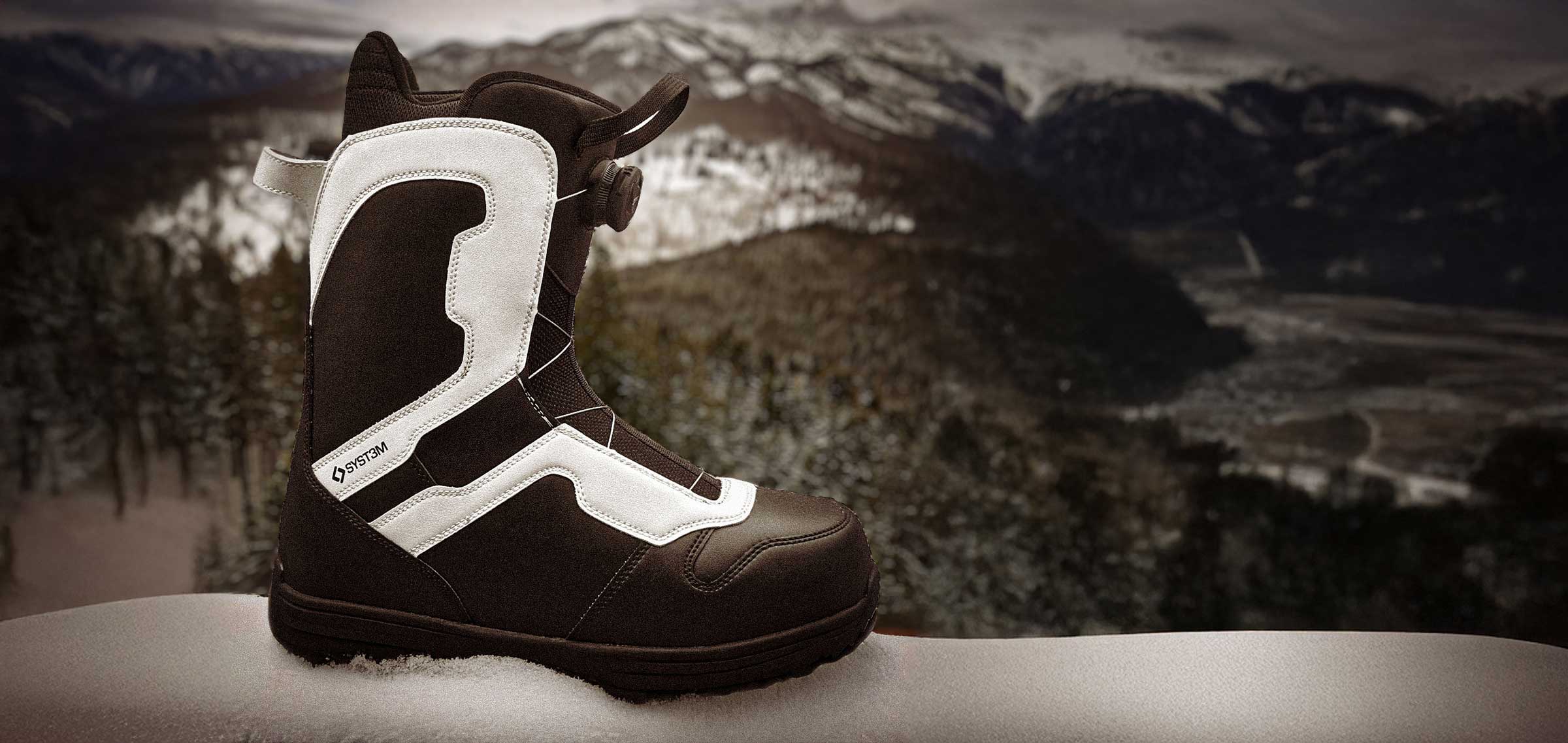
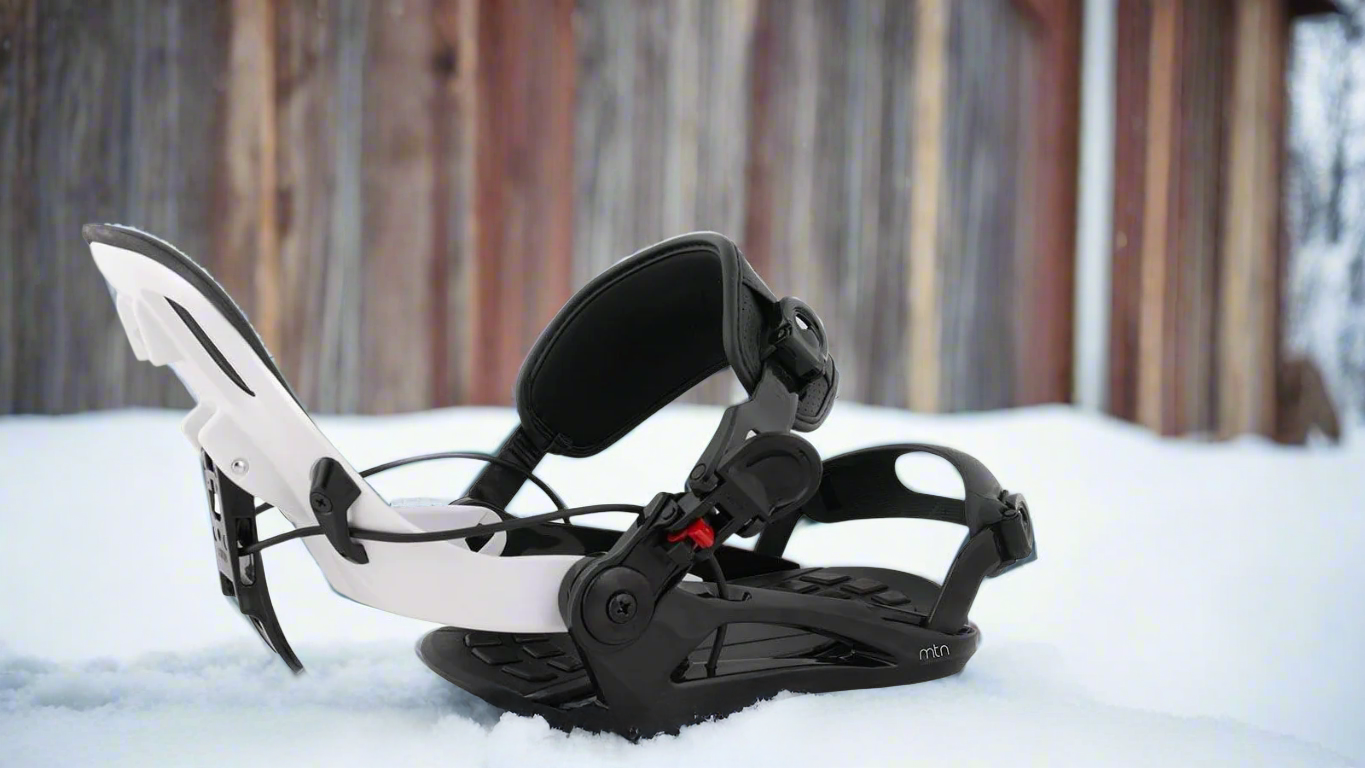
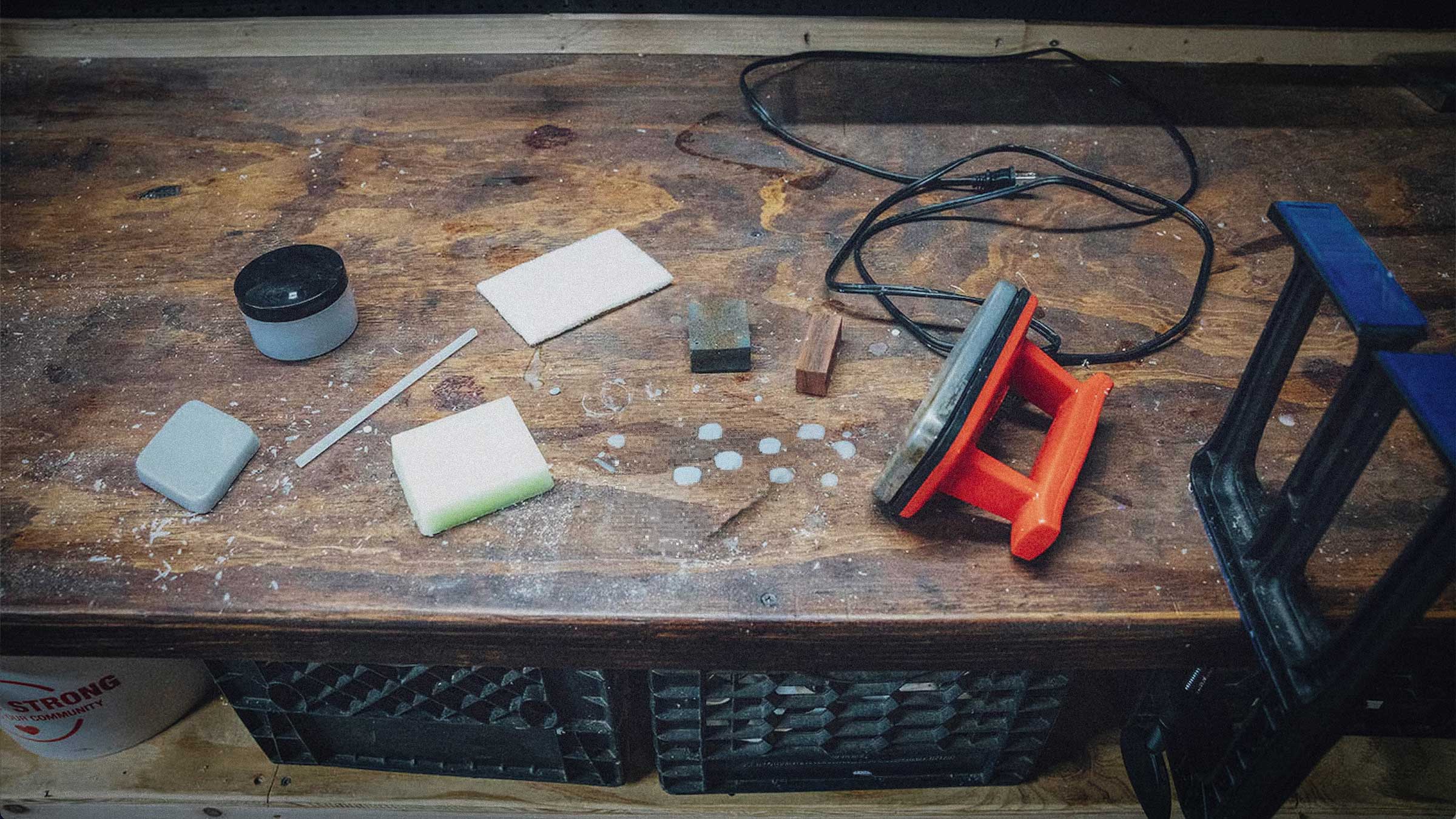
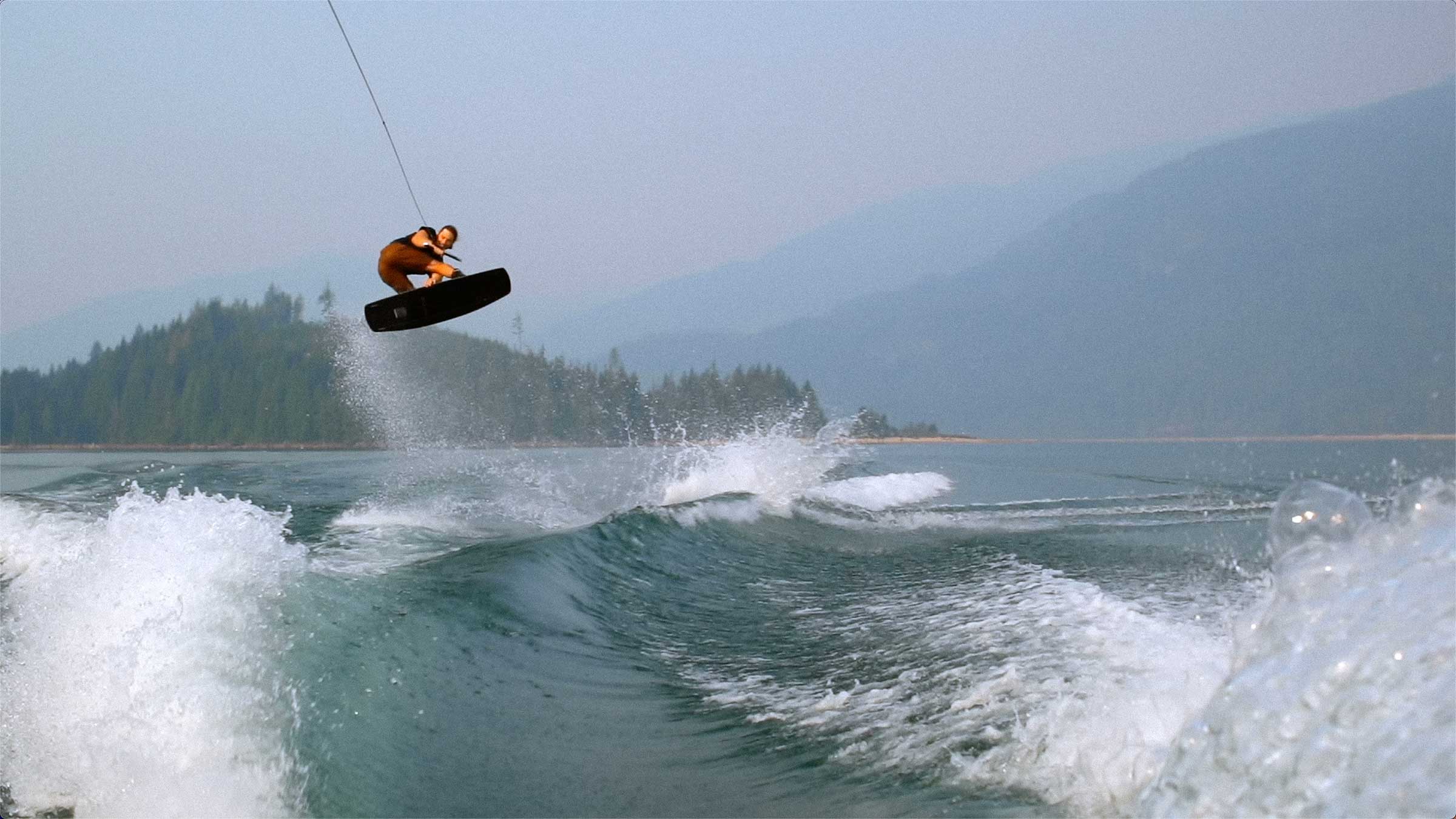


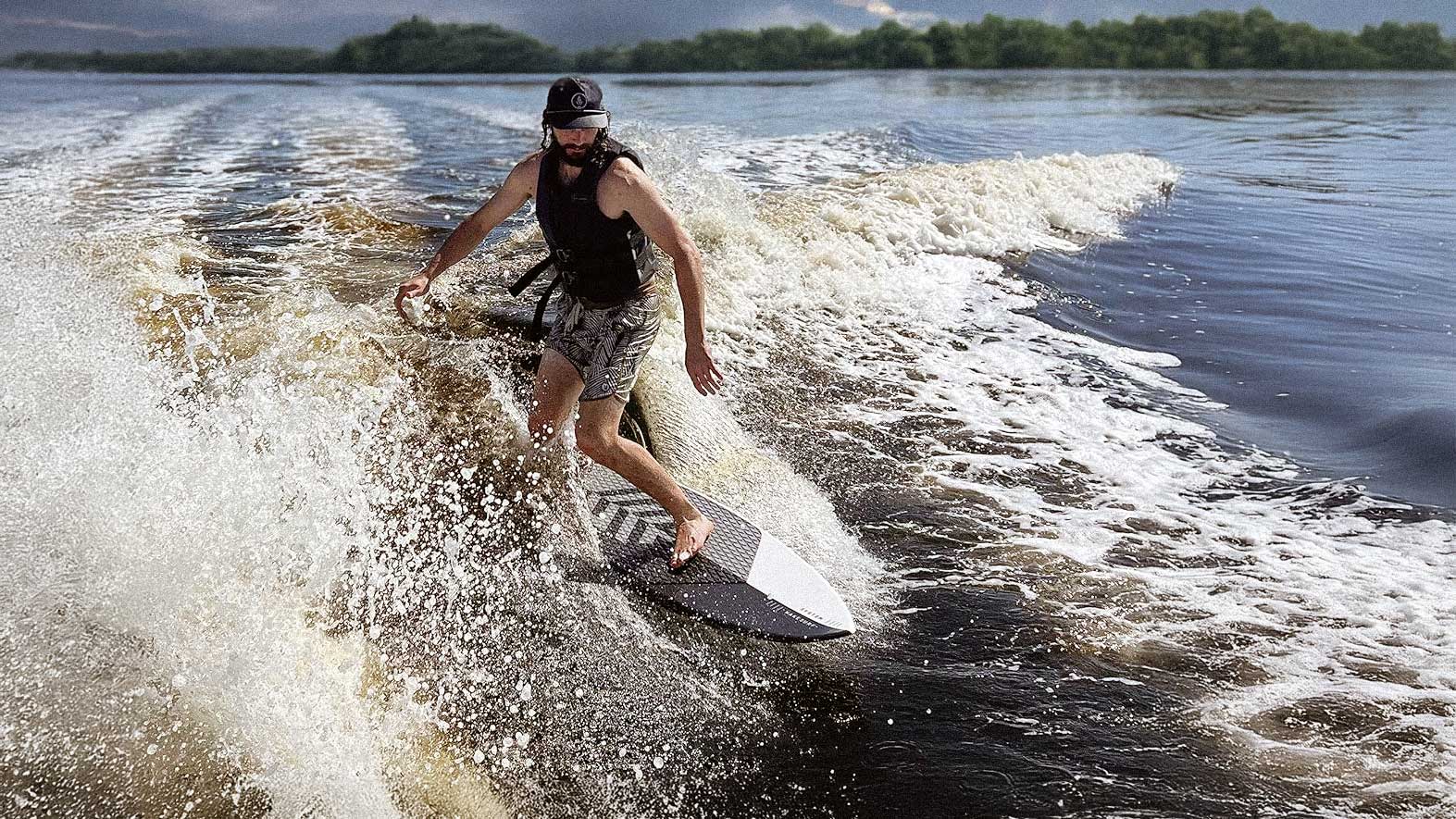
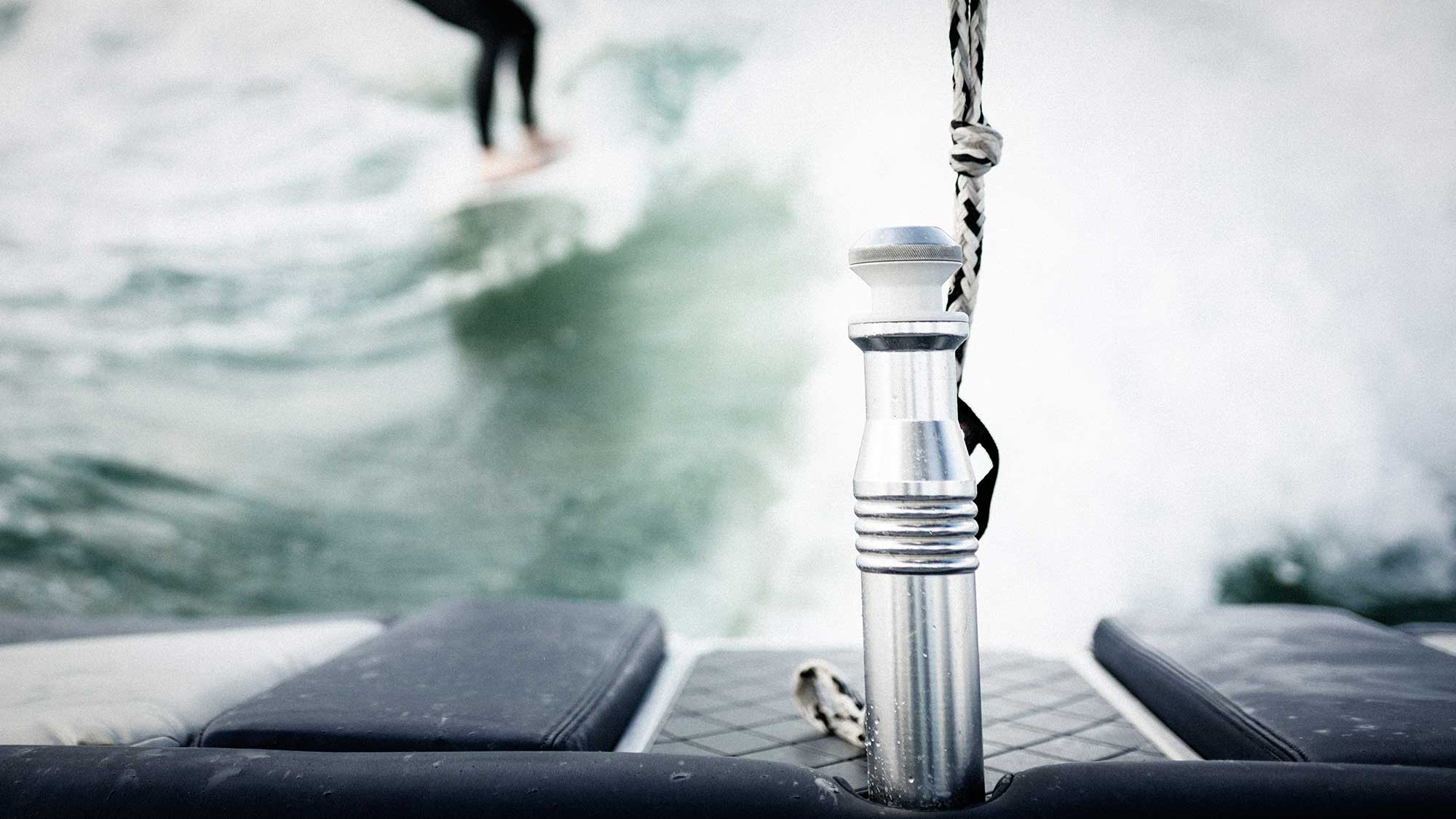





Leave a comment